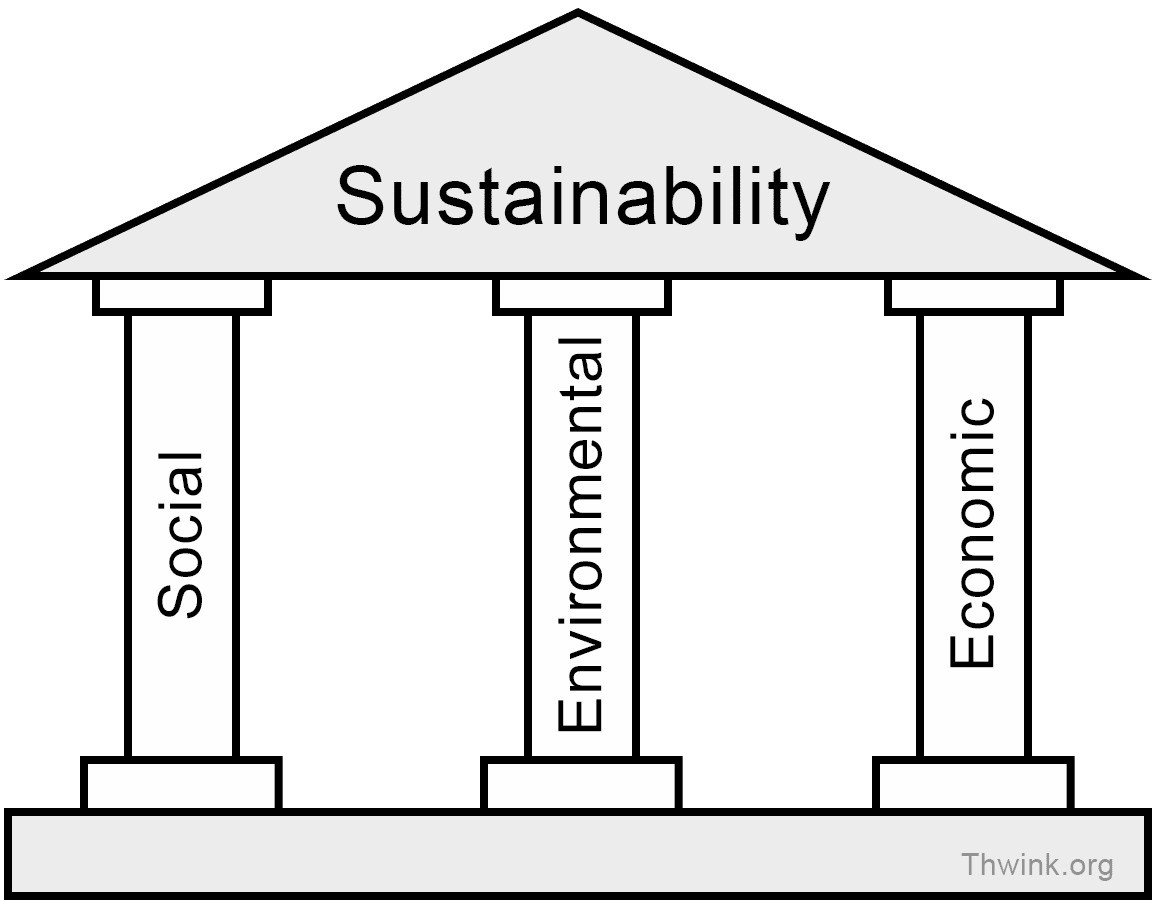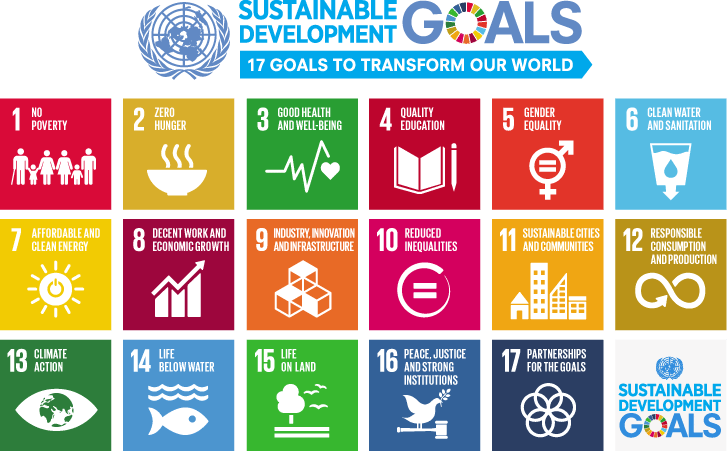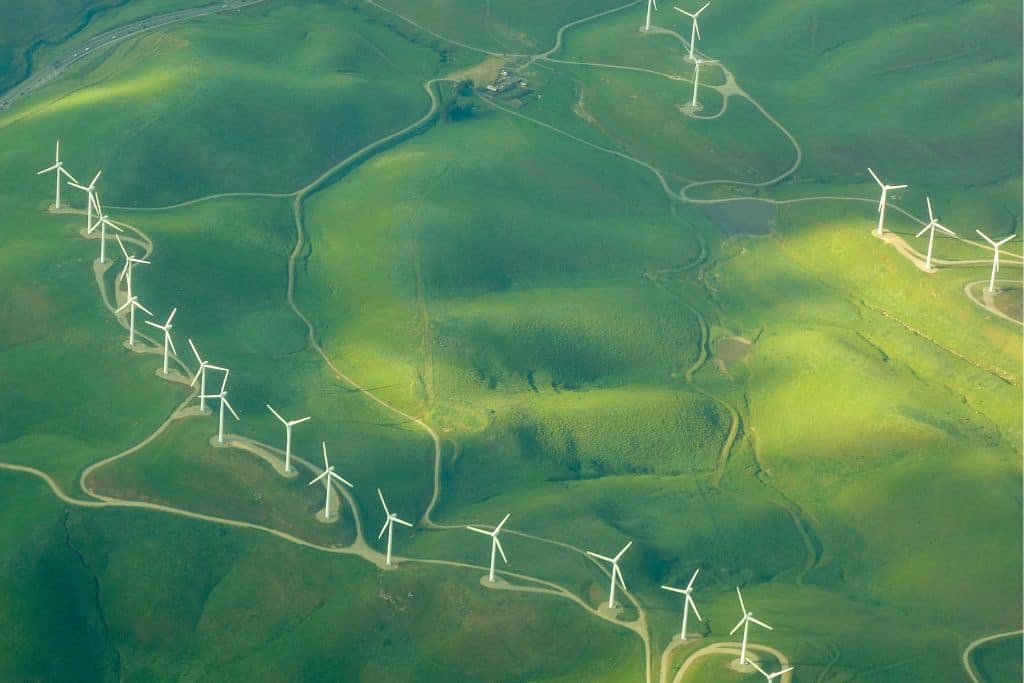It seems like nowadays, the term ‘sustainable’ is used all around us – from food packaging to clothing companies and even tourism. In fact, ‘sustainability’ was one of the most-searched terms in fashion in 2019, and Google searches for the term have been on the rise, illustrating the public’s growing interest in the topic. But what is sustainability exactly and why is it so important?
—
What Is Sustainability
The go-to definition when discussing sustainability is “meeting the needs of the present without compromising the ability of future generations to meet their own needs”. And though you may have heard this before, many people do not know the origins of this definition in particular. In 1987, the United Nations Brundtland Commission published this particular definition of sustainability in the Brundtland report, which called for a strategy that united development and the environment. Over the years, alternative definitions have emerged, but the Brundtland report’s 1980s take on the explanation is still commonly used.
The ‘Three Pillars of Sustainability’ is another popular framework used to describe what sustainable development is. This tool conveys that sustainability consists of environmental, social, and economic factors that are vital when discussing the topic:
- Environmental sustainability is perhaps the most obvious of the three pillars, as it symbolises the importance of things like natural resources and biodiversity to support life on Earth.
- Social sustainability places importance on social structures, well-being, and harmony; all factors that poverty, wars, and injustices can affect.
- Economic sustainability describes the ability of an economy to grow. This is especially important in today’s societies, at a time when many sustainable initiatives require financing and a strong economic rationale.
In order to find solutions to ongoing sustainability issues, it is imperative that we consider all three pillars.

You might also like: We Need Sustainable Food Packaging Now. Here’s Why.
What Are the Planetary Boundaries And How Do They Relate to Sustainability?
The concept of planetary boundaries (PB) is focussed on nine aspects that humanity needs in order to thrive in the future. This idea was developed in 2009 by the Stockholm Resilience Centre and other groups: “We propose a new approach to global sustainability in which we define planetary boundaries within which we expect that humanity can operate safely. Transgressing one or more […] may be deleterious or even catastrophic due to the risk of crossing.”
At the time when this new concept was introduced, scientists believed that humanity had already transgressed three boundaries, and was rapidly approaching several others. In 2022, a re-assessment of the PBs by fourteen scientists concluded that humanity had transgressed additional boundaries, relating to freshwater and environmental pollutants in particular.

The PBs have been widely cited in sustainability literature over the last decade, and provide an illustrative tool to track and evaluate how we are depleting the Earth’s valuable ecosystem services and precious systems. Though the tool is mainly environmentally focused, it has informed various policies and practices, including the World Business Council on Sustainable Development’s Action 2020 Strategy. In turn, this has had a knock-on effect on social and economic aspects of global policy and governance, including “financial investment, food, textiles, building, technology and household goods sectors”.
You might also like: Sustainable Alternatives to Fast Fashion
The Sustainable Development Goals (SDGs)
In 2015, the 2030 Agenda for Sustainable Development was adopted by the UN Member States. One of the most well-known elements of this were the 17 Sustainable Development Goals (SDGs) which set out various goals that the international community must work together to achieve – ranging from environmental and social to economic issues.

We cannot discuss the SDGs without first acknowledging their predecessor – the eight Millennium Development Goals (MDGs) – set out in September 2000. These goals ranged from halving extreme poverty to halting the spread of HIV/AIDS. By the end of the 15-year cycle of the MDGs in 2015, the UN established an even more ambitious set of goals – the SDGs – to enter into force on 1 January 2016. While not all of the MDGs were met globally, significant progress was made in several areas.
The SDGs have been continually monitored and provide key benchmarks for us to understand how sustainability is being achieved worldwide. Overview reports are regularly published and comment on the nuances that significant events bring to achieving the SDGs (like the COVID-19 pandemic, for example). You can read the 2022 SDG Report here.
You might also like: Why the Sustainable Development Goals for 2030 Are More Important Than Ever
Why Is Sustainability Important?
So far, we’ve discussed the different ways that sustainability is defined and the tools and metrics we have developed on a global scale to measure our impact on the environment, societies, and economies worldwide. But why is sustainability important?
Here are a few reasons, although the list could go on for a lot longer:
- Sustainability joins social, environmental, and economic issues together throughout global discussions, ensuring that key elements do not get left behind. Focusing on aspects other than the environment alone ensures a fairer, more equitable discussion (as long as a diverse range of players is at the table).
- Sustainability opens up new conversations between a range of people with diverse skills and thought processes – for example scientists, sociologists, and economists all have key skills to enable humanity to thrive and sustain the Earth.
- The SDGs are an impactful way to evaluate our progress and have encouraged key ideas and strategies to flourish while remaining realistic about the next steps and improvements.
This story is funded by readers like you
Our non-profit newsroom provides climate coverage free of charge and advertising. Your one-off or monthly donations play a crucial role in supporting our operations, expanding our reach, and maintaining our editorial independence.
About EO | Mission Statement | Impact & Reach | Write for us

















